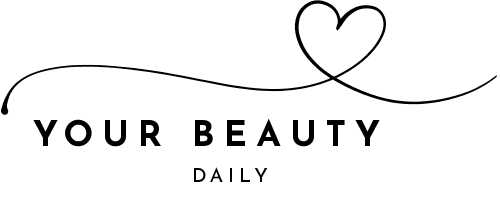
How to follow-up with sending promotional gifts
It’s common practice to reach out with a business gift to a client you’re hoping to land and send a follow up shortly afterwards. This is a crucial part of the process, but if you haven’t done it before, it can be hard to know where to start. That’s why we’ve prepared this easy-to-follow guide.
Choose your gift
If this is your first time getting a gift for a potential client, our best advice is to choose unique promotional items, like those from https://www.pens.com/uk/, that shows you’re able to anticipate their needs. For instance, if they commute, you could get them a laptop bag or travel mug to make their day easier. If they spend a lot of time writing (rather than typing), you could buy some fancy engraved pens. It’s all about tailoring the gift to the client.
Centre your follow-up around the recipient
Make sure to appeal to them as a person, not a client. Rather than talking about what you’re selling, talk to them about a topic they love, like their favourite football team, which you can probably find information about through their public/work social media accounts.
Don’t worry about making a sale in the first conversation; you’re trying to build a relationship. After landing them as a client, you only need to mention the non-business topic of choice if something relevant happens, like Liverpool winning the FA Cup.
When should you follow up?
The first follow up should be three working days after you sent the gift, providing the tracking information says the gift was delivered. Send an email that discusses the interest (“Did you see the match last week?”), but politely enquires if the gift arrived.
If you don’t get a response, try calling two working days later. If they don’t pick up, send a message on LinkedIn after another two days. Alternating your contact methods is vital in case they don’t check one option as regularly, but be sure not to overwhelm them.
As a call to action at the end of your messages, ask if they’re interested in learning what your company can do for them. Initially, a potential client won’t necessarily want to meet, but by providing more information, they can be swayed further down the line.
How to arrange a meeting
If the client agrees to take a meeting, you’ll need to send an invitation detailing all relevant information, including:
- What’s on the agenda?
- Will the meeting be in person, via phone, or using video conferencing software?
- Who should be attending?
This allows the client (and yourself) to prepare for the meeting and won’t leave any surprises on the day, like calling them and realising that they’re headed to your office.
It’s important to reach out between the scheduling and the meeting day to keep the client engaged. We recommend sending an email with an article relevant to them, their company, or the meeting, but not asking them to do anything. Then, on the day of the meeting, check in to confirm the meeting and resend the information, just to make 100% sure that everyone has what they need.
This is a stripped-down method for getting a potential client to meet with you, but the basics are there. Stick by these and just see how much it improves your client signings.

















